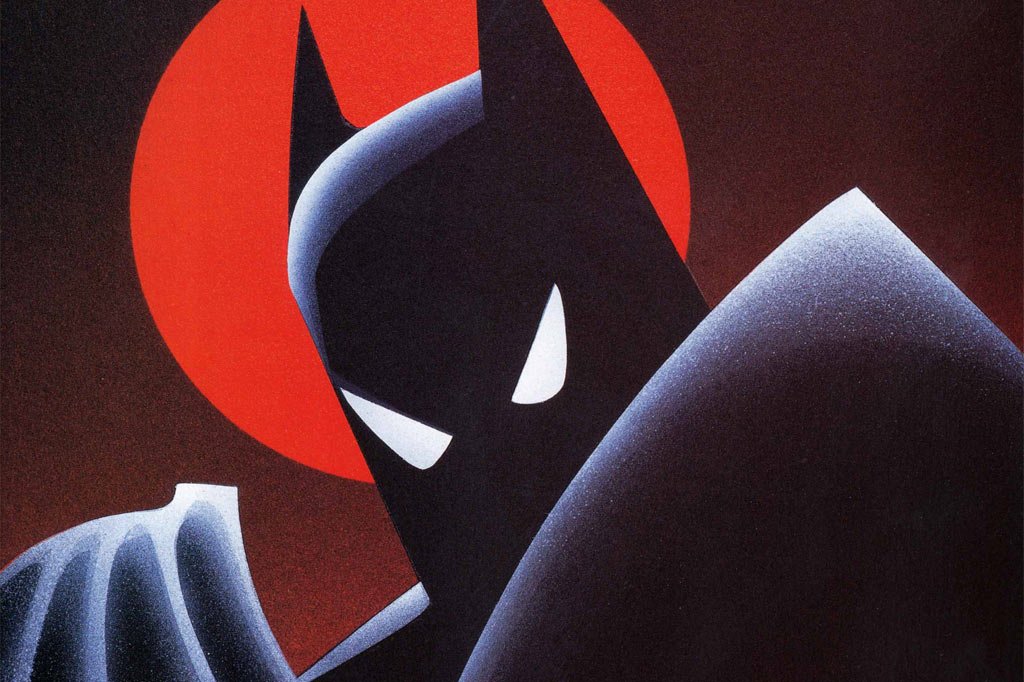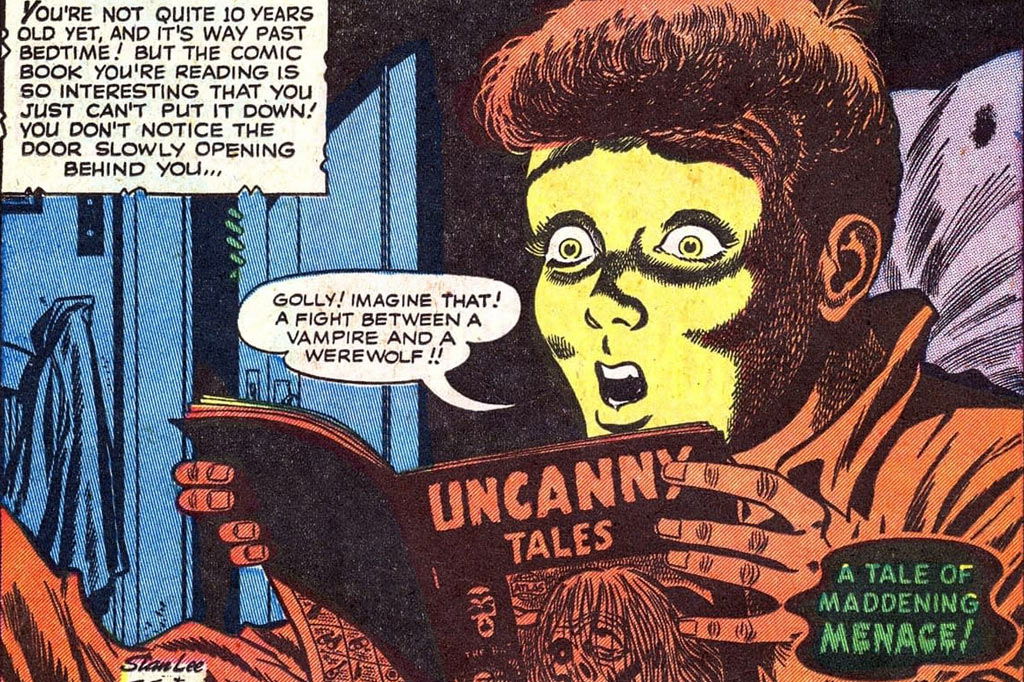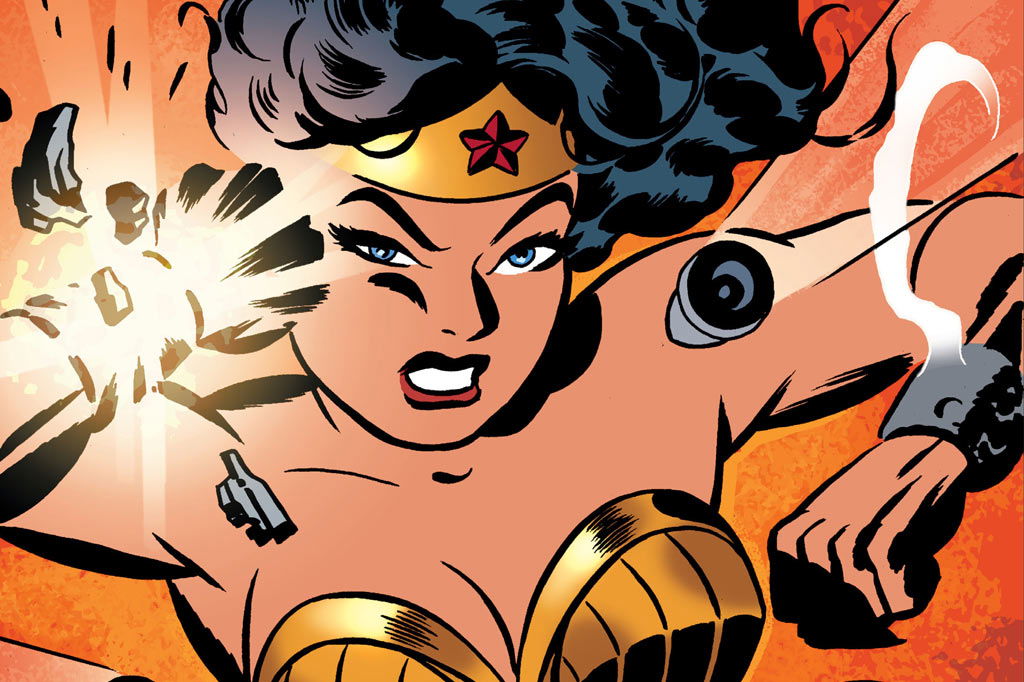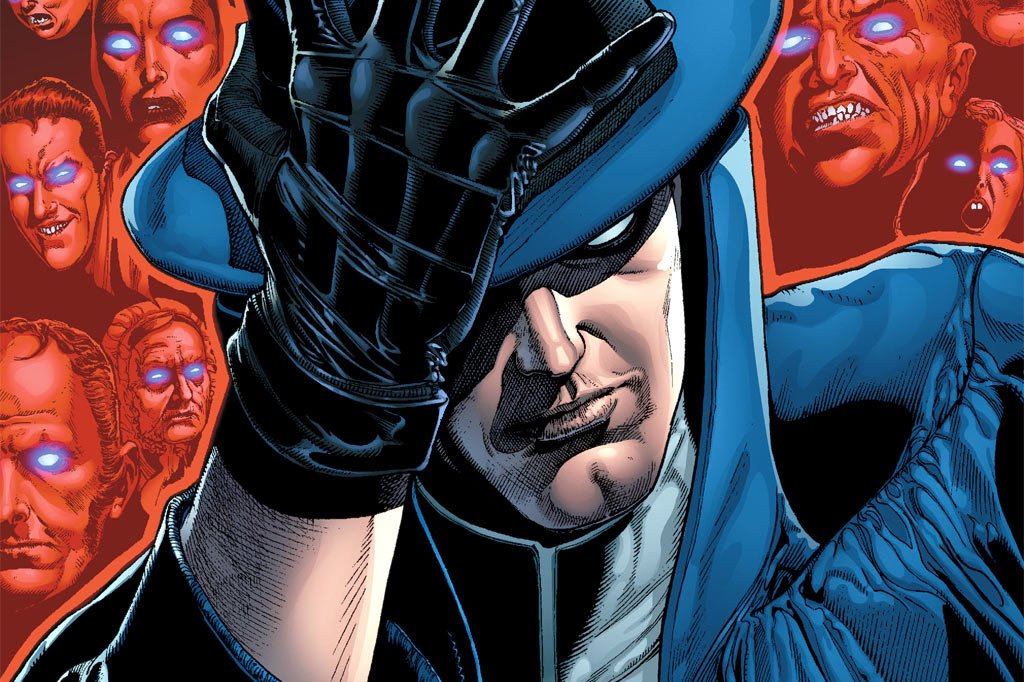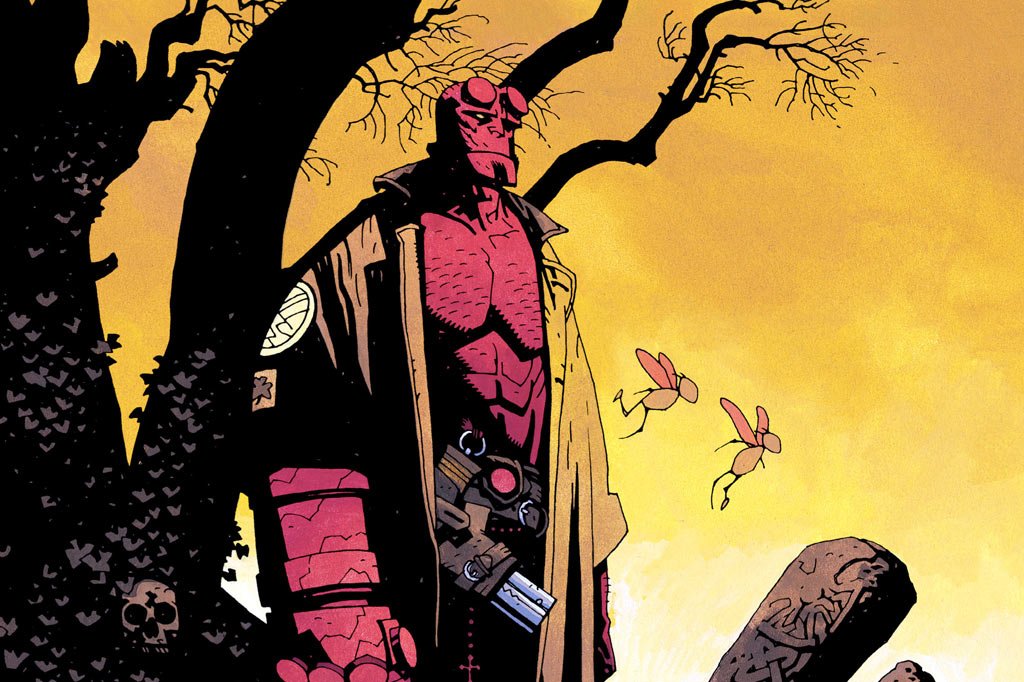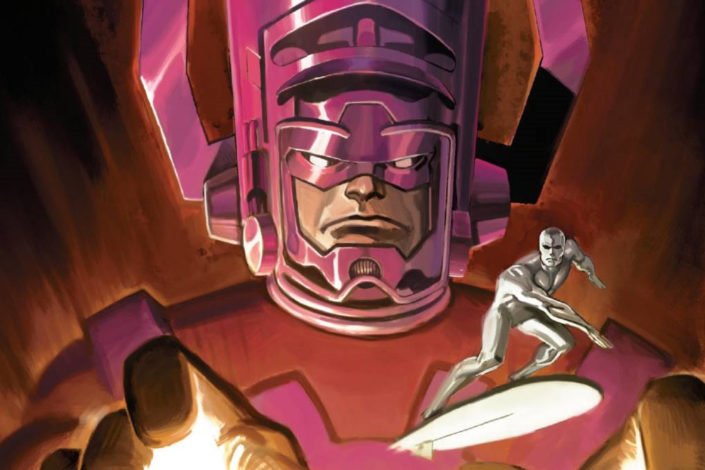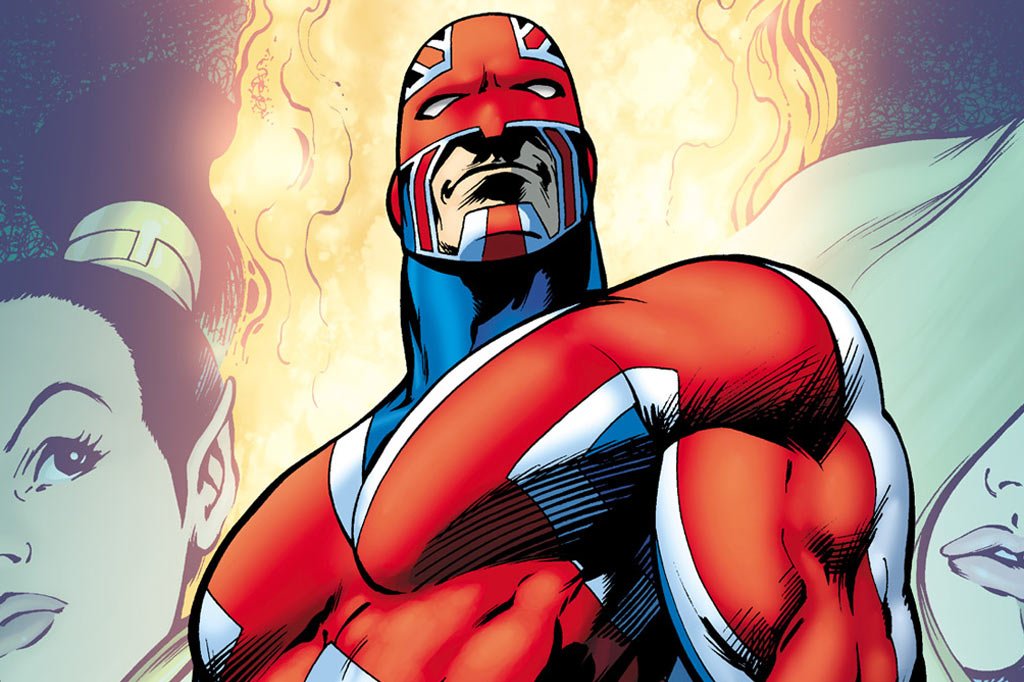The Best Dark Horse Comics Series: 15 must-read comics books
Following the success of Teenage Mutant Ninja Turtles, what is now called the Black-and-White Boom took form with the apparition in 1986 of a LOT of new publishers ready to make a fortune. Apple Comics, Fantagor Press, ACE Comics, Crystal Publications, Eternity Comics, Imperial Comics, Quality Comics, Malibu Comics, and more! Most of them produced forgettable books and rapidly closed shops. Not all of course, or else we wouldn’t be here to talk about Dark Horse Comics.
Mike Richardson used the profit generated by his comic book shop to launch the company with his friend Randy Stradley. Dark Horse Comics started with the anthology Dark Horse Presents and James Dean Smith’s parody comic Boris the Bear. The two titles became hits and helped the company to go much further than most of its competitors.
Using its successful launch, Dark Horse Comics adopted a strategy based on popular franchises. Mike Richardson began buying the rights to make Godzilla comics, then it was Aliens, Predator, Star Wars, and Tarzan. The company soon started producing toys and producing movies (via Dark Horse Entertainment).
Dark Horse Comics even tried to invade the world of superheroes with the imprint Comics’ Greatest World. But as the industry changed, DH had to refocus its ambitions on the creators–this led to the publication of Mike Mignola’s Hellboy.
Read More »The Best Dark Horse Comics Series: 15 must-read comics books

